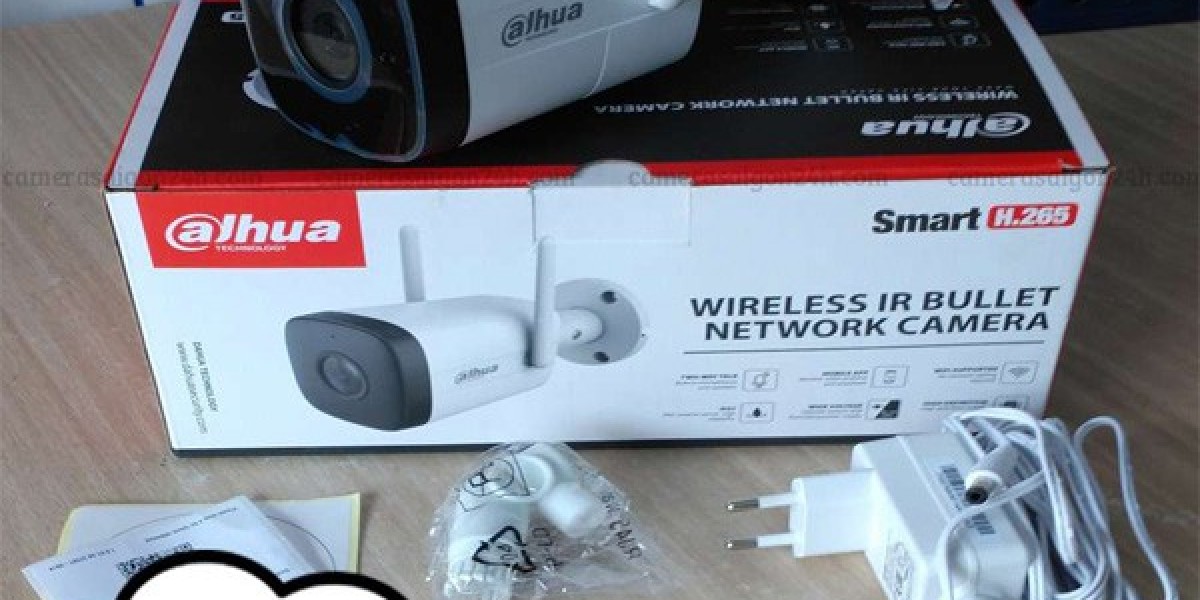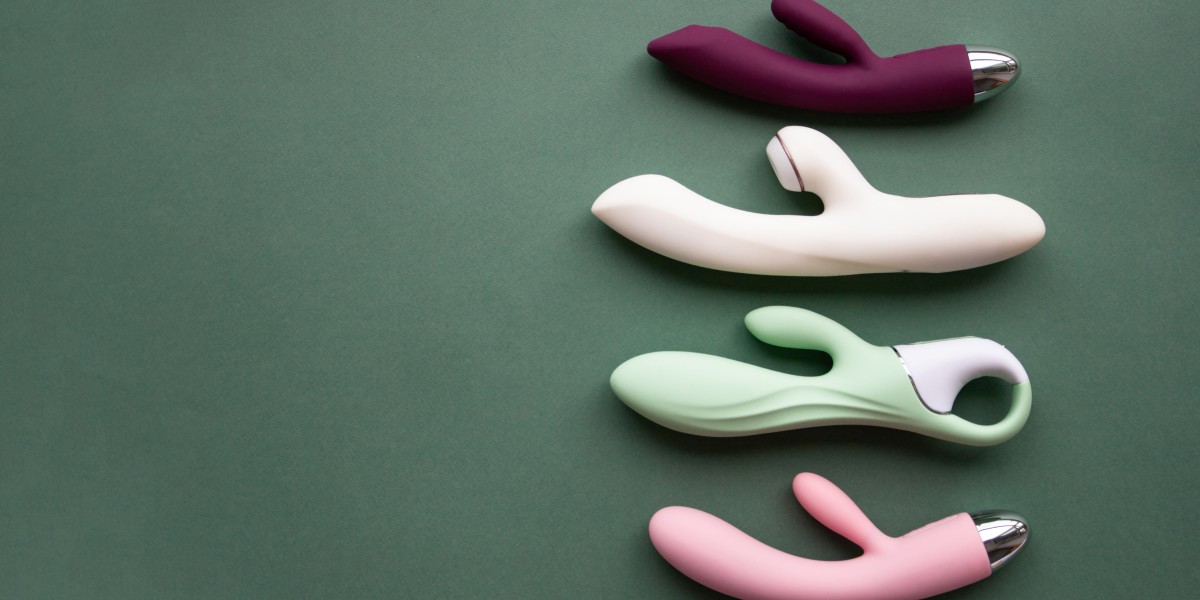Choosing the right painting method can make or break a commercial or industrial project. Whether you're working on a warehouse, retail unit, or office block, the decision affects time, finish, cost, and long-term durability.
Both spray painting and traditional methods have their place. But when it comes to efficiency, coverage, and consistency, spray painting is often the smarter choice.
Speed and Efficiency
One of the most noticeable differences is how quickly each method gets the job done.
Traditional painting with brushes and rollers takes more time. You need to reload often, work in small sections, and usually apply multiple coats. It’s labour-intensive and better suited for smaller or more detailed jobs.
Spray painting, on the other hand, covers large areas in far less time. The paint is applied as a fine mist that adheres evenly to the surface. One spray pass can do the work of several brush strokes. This makes it ideal for large commercial spaces or jobs with tight deadlines.
Quality of Finish
The finish matters. Uneven paint, visible brush lines, or patchy coverage can lower the visual quality of your space.
Traditional methods often leave texture marks, especially on larger surfaces. Roller overlap and brush strokes are hard to avoid, particularly in poor lighting or on uneven surfaces.
Spray painting offers a smooth, seamless finish. The fine spray distributes the paint evenly without contact, avoiding any marks or streaks. This is perfect for modern commercial interiors and industrial settings where a flawless appearance is important.
Coverage and Paint Usage
How much paint is needed can vary greatly depending on the method.
Brush and roller painting often uses more paint due to thicker application, repeated coats, and surface absorption. Corners, edges, and textured areas require extra attention and usually more material.
Spray painting tends to use less paint per square metre. Because it delivers an even layer, there's less waste and better coverage in a single coat. This makes spray painting not only faster but also more cost-effective over time.
Preparation and Cleanup
Every painting method requires some preparation, but the difference lies in the level of detail.
Traditional painting usually involves basic prep like masking edges and moving furniture. However, because the process is slower and more manual, the potential for drips, smudges, and touch-ups is higher.
Spray painting demands more extensive preparation. Areas not being painted must be carefully masked to avoid overspray. But the benefit is a cleaner, more controlled result. Once the job is complete, cleanup is fast, with little to no paint on the floor or surrounding areas.
Accessing Difficult Areas
Painting ceilings, ducts, beams, or other hard-to-reach spots can be tricky.
With brushes and rollers, painters often need ladders or scaffolding. It’s time-consuming and can increase labour costs.
Spray painting offers better access. The mist can reach corners, overhead areas, and complex surfaces more easily. It also allows painters to cover more ground safely using tools like telescopic sprayers or mobile platforms.
Health and Safety Considerations
Both methods need to be applied with safety in mind, especially indoors or in high-traffic areas.
Traditional painting produces minimal airborne particles but involves more contact with surfaces and can leave wet areas exposed for longer. This increases the risk of slips or smudging.
Spray painting uses controlled environments or ventilation systems to manage airborne particles. While it requires proper PPE and trained staff, the job site is often safer because the paint dries quickly and the process is more contained.
Cost Comparison
Cost is always a deciding factor, but it shouldn’t be viewed in isolation.
Traditional painting may appear cheaper on paper. Equipment costs are lower, and DIY is sometimes an option. But longer job times and less efficient coverage often mean higher labour costs.
Spray painting may have higher initial setup fees due to specialised equipment and preparation. However, the time saved, reduced labour, and material efficiency often make it more economical overall.
Ideal Use Cases for Each Method
It helps to know where each method works best.
Traditional painting is suited for small rooms, detailed trim, or restoration work where close contact is needed. It’s ideal for residential interiors or areas with intricate mouldings.
Spray painting shines in large, open areas, high ceilings, or commercial settings where speed and consistency matter. It’s ideal for retail units, warehouses, and office refurbishments.
If your project involves large surfaces, tight timelines, or a professional finish, spray painting is usually the better choice.
Why Businesses Choose Colorkote
Colorkote offers professional spray painting services tailored to commercial and industrial needs. Their team is trained, fully insured, and experienced in delivering large-scale projects with precision and efficiency.
Clients trust them because they:
- Deliver fast turnarounds
- Use high-performance paints
- Minimise downtime and disruption
- Ensure consistent, high-quality finishes
If you're weighing up spray painting versus traditional methods, Colorkote provides expert advice and flawless results every time.
Final Thoughts
Both spray painting and traditional methods have their advantages. But for businesses that value speed, quality, and cost-efficiency, spray painting often makes more sense.
It covers more area faster, delivers a better finish, and cuts down on labour and material costs. Before starting your next painting job, consider what you really need: speed, durability, minimal disruption, and long-term value. If that’s your goal, spray painting is the method that delivers.









